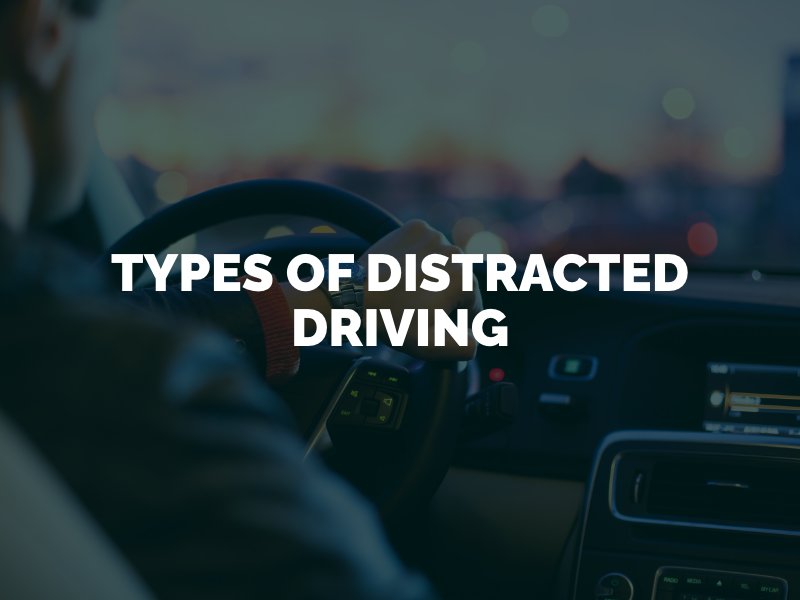Distracted driving is one of the most dangerous driver errors. According to the National Highway Traffic Safety Administration (NHTSA), 3,522 people lost their lives in accidents involving distracted drivers in 2021 alone. This represented about 8 percent of all fatal accidents in that year. The NHTSA recognizes three main types of distracted driving: manual, visual, and cognitive.

A safe and prudent driver is one who keeps both hands on the wheel, eyes on the road and mind on the driving task at all times. The first requirement – keeping both hands on the steering wheel – is necessary to allow a driver to remain in proper control of the car and react to changing roadway situations in a safe manner.
For example, holding the steering wheel firmly can prevent serious car accidents in Denver and throughout the U.S., such as head-on collisions, caused by a car drifting into the opposite lane of traffic. A driver with his or her hands in the proper position on the wheel can also safely navigate around a road hazard without jerking the steering wheel and potentially losing control of the car.
Examples of manual distractions are holding a cell phone or electronic device, texting or typing, eating or drinking, smoking, rummaging through a purse or bag, trying to get something from the floorboard, fiddling with a radio or GPS, dealing with a child or pet in the back seat, and personal grooming.
The second requirement is for a driver to keep both eyes on the road. A driver who is visually distracted, or looking at something other than the road ahead, will experience a dangerous delay in reaction times. A visually distracted driver may not notice a green light turn red, for example, or a child running out into a crosswalk. A delay in reaction time by even a few seconds could prove fatal potentially leading to a wrongful death accident.
Common visual distractions include:
Visual distractions can exist both inside and outside of a driver’s vehicle. Internal distractions can include the driver’s electronics or passengers, while external distractions may involve reading a billboard or rubbernecking a roadside accident. In Colorado, drivers under the age of 18 are prohibited from using cell phones while driving (other than in an emergency). However, adults are permitted to use their cell phones – including to talk and text – behind the wheel.
Motor vehicle drivers should keep their concentration fully on the driving task. Mental distractions can interfere with a driver’s focus and delay the ability to react to potential crash risks. It can also increase the odds of a driver making dangerous mistakes, such as driving through a red light, failing to notice a stop sign, speeding or failing to yield the right-of-way.
Examples of cognitive distractions include:
Being mentally or emotionally engaged in anything other than the driving task can negatively impact a driver’s ability to safely navigate Colorado’s roads. If you believe your recent car accident was caused by a distracted driver, consult with an attorney through a free consultation at Fang Law Firm to discuss your case. A distracted driver can be held financially responsible for an automobile accident in Colorado.